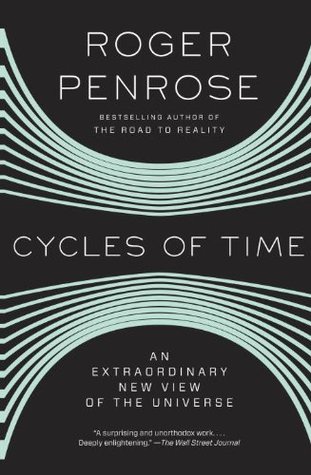If m is the particle’s mass (assumed to be constant), then we find that it has a rest energy[2.33] E given by Einstein’s famous formula E=mc2, which is fundamental to relativity theory. The other, almost equally famous formula—fundamental to quantum theory—is Max Planck’s E=hv (h being Planck’s constant), telling us that this particle’s rest energy defines for it a particular frequency v of quantum oscillation (see Fig. 2.21). In other words, any stable massive particle behaves as a very precise quantum clock, which ‘ticks away’ with the specific frequency in exact proportion to its mass, via
...more
Welcome back. Just a moment while we sign you in to your Goodreads account.


